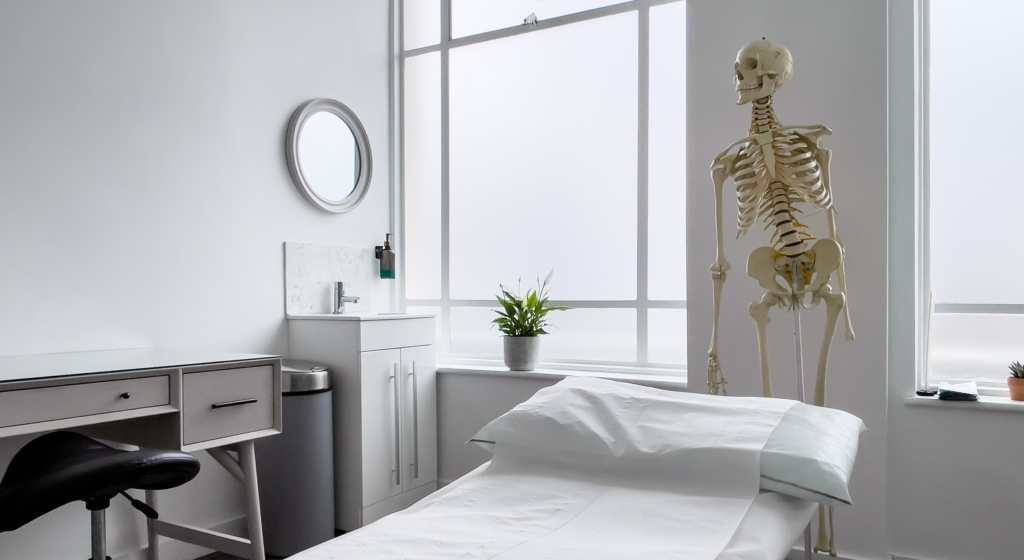-
- Assign a menu in Theme Options > Menus WooCommerce not Found
- Newsletter

Structural Osteopathy
What is structural osteopathy?
Structural osteopathy is the most common type of osteopathy, and it encompasses the diagnosis and treatment of problems in the musculoskeletal system. Osteopathy recognises that structural problems with muscles, ligaments, nerves and joints not only cause pain and discomfort, but can also lead to dysfunction in body systems generally. The holistic nature of osteopathic medicine leads to an understanding that complex relationships between body systems exist, and if the structure is not balanced then the function is affected.

The relationship between the physical body, the bio-rhythmic forces within the body and the bio-energetic flow systems in and around the body is complex and interrelated, and if the body’s structure is imbalanced, the function is affected.
We use structural osteopathy to restore balance to the body through manipulative techniques that are specific, gentle and generally not painful.
Geoffrey Montague-Smith D.O Principal Osteopath
How does structural osteopathy work?
When joints get stiff, out of balance or displaced, a mechanical solution is required. Similarly, if tension in muscles and connective tissues is not treated with the correct massage and stretching techniques, pain and dysfunction can persist. We use structural osteopathy to address these problems.
Our structural osteopathic techniques focus on stretching muscles, adjusting the spine and mobilising joints to restore balance in your body.
What can structural osteopathy treat?
Structural osteopathy can be used to effectively treat:
- Back, neck and joint pain
- Disc injuries and sciatica
- Muscle, ligament and tendon injuries
- Migraine and headache
- Arthritic stiffness and pain
- Trapped nerves
- Frozen shoulder

Visit our FAQ page to find out what to expect from your first appointment, and get in touch with us today to arrange a consultation.
